
Eupeodes luniger is a common species of hoverfly.
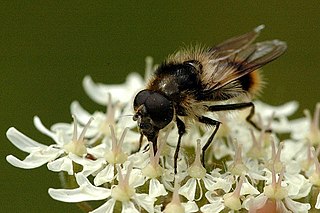
Cheilosia illustrata is a species of hoverfly belonging to the family Syrphidae.

Platycheirus peltatus is a Palearctic species of hoverfly.
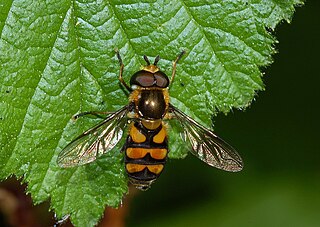
Didea fasciata is a Holarctic species of hoverfly.
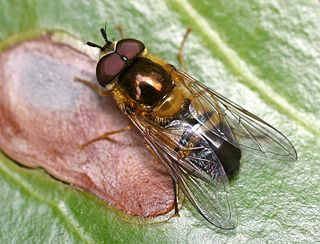
Epistrophe eligans is a European species of hoverfly.

Leucozona laternaria is a European species of hoverfly.

Leucozona lucorum is a Palearctic and Nearctic species of hoverfly.
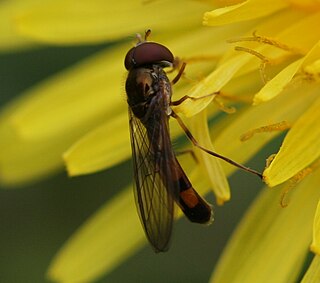
Melanostoma scalare, the chequered hoverfly, is a very common species of hoverfly.

Melanostoma mellinum is a very common species of hoverfly found in many parts of Britain, Europe including the Mediterranean basin and North Africa, the East Palearctic, and North America.

Platycheirus granditarsus, the Hornhand Sedgesitter, is a species of hoverfly. It is found in many parts of Britain North America and Europe. Typical habitat includes marshy meadows and ditches, where it can be found between May and October, though it is at its commonest between July and September. The most distinctive feature of this fly is the red-orange abdomen most easily seen as it takes off or alights.

Platycheirus manicatus is a species of hoverfly. It is found across the Palearctic and in Alaska.
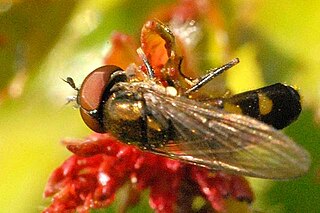
Platycheirus splendidus is a species of hoverfly. It is found in many parts of Britain and Europe.

Epistrophe grossulariae is a Holarctic species of hoverfly.

Platycheirus ambiguus is a small widespread species of hoverfly found across the Palearctic from Ireland to Japan. A spring species found in flight in April and May, it visits spring-flowering trees and shrubs, e.g., Prunus spinosa in deciduous woodland and scrub.
Platycheirus nielseni is a Holarctic species of hoverfly.
Platycheirus podagratus is a species of hoverfly. It is found in the Holarctic.
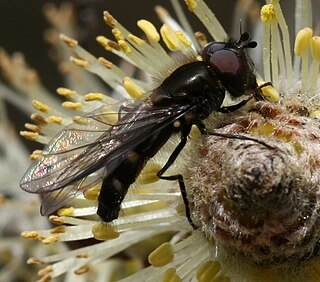
Melangyna quadrimaculata is a European species of hoverfly.
Melanostoma dubium is a Palearctic species of hoverfly.
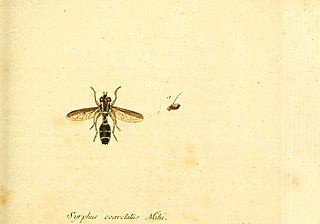
Doros profuges is a Palearctic species of hoverfly.

Orthonevra geniculata is a species of hoverfly found in the Palearctic.



















